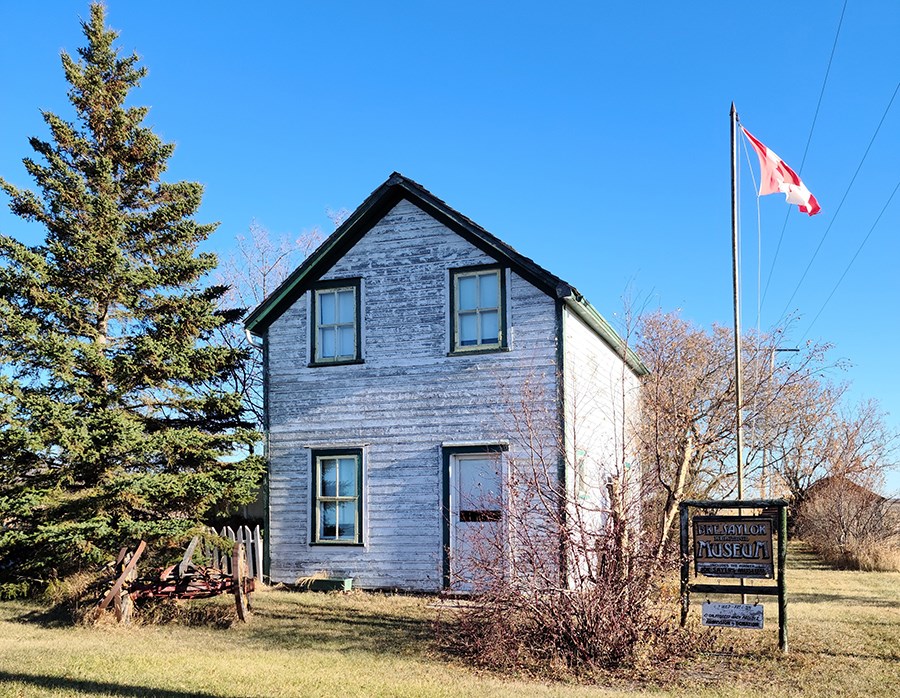BRESAYLOR, Sask. — In 1882, three brothers, Harry, Cleophas and Joseph Sayers travelled together from the Red River Settlement to the Bresaylor Settlement with their families. The Bresaylor people bought and traded furs with whomever they wanted, but that wasn’t always the case. That all changed with the trial of their father, Guillaume Sayers, at the Red River Settlement, later known as the Sayer Trial.
When the Hudson’s Bay company was established in 1670, King Charles II of England granted a royal charter to the fur-trading venture. This charter gave an exclusive trading monopoly over all land draining into Hudson Bay. All furs were to be legally sold only to the Hudson’s Bay Company.
In 1821, the North West Company and the Hudson’s Bay Company merged, with trade now carried out under the Hudson’s Bay Company name. 小蓝视频 of the border, the company had no chartered monopoly and faced competition from the American Fur Company and other free traders.
After the consolidation, the Hudson’s Bay Company cut costs by closing some trading posts. This meant First Nations peoples had to travel further to sell their furs, leaving it open for the Métis to travel to different bands and trade for furs on their own. Some traders were licensed as long as they bought their supplies and sold their furs to the Hudson’s Bay Company. In 1843 Chief Factor Duncan Finlayson refused to renew the freighting contracts. This angered people in the Red River Settlement and in numbers they entered the fur trade illegally, selling their furs for higher prices and buying supplies cheaper from fur trading companies south of the border.
The Hudson’s Bay Company reacted with all the means of their charter. Houses and premises were searched for furs and cart trains were stopped and searched. Mail was subject to inspection, higher duties were put on goods from the United States and furs were seized whenever found. Wanting to do things legally, the settlers petitioned but to no avail.
In 1948 the new chief factor, John Ballenden, decided to make a show of enforcing the laws of trade. The first person charged was Guillaume Sayer. He was arrested and released on bail until trial. Charges were also laid against Angus McGillis, Alexis Goulet and someone named Laronde. They were released on bail but never imprisoned.
Guillaume’s trial was set for the morning of May 17, 1849, which was Ascension Day, chosen because they thought the Métis would be going to mass on the other side of the river from the fort and would not cause trouble. The Métis did go to mass, but they went early and some returned purposeful and armed. Louis Riel Sr. addressed the group, who then went to Sheriff Alexander Ross to tell him there would be no punishment for Sayers or the others charged. The group, comprised of 377 men armed with guns and numerous others armed with other armaments, then went to demonstrate in front of the courthouse.
Court was called at 11 a.m., but Sayers did not appear, as he and the other offenders were held by their countrymen. The court busied itself with other matters and called again for Sayers at 1 p.m. Again, he did not show. The court then sent a message that the Métis name a leader and send in a deputation to assist Sayers. James Sinclair was appointed spokesman and 12 entered with Sayers, leaving their arms with some 20 others who waited just outside the door. Sinclair acted as counsel for Sayers.
Sayers’ son Louison testified his father had traded furs. Sayers himself admitted to trading furs and that John Edward Harritt, a chief factor of the company, had outfitted him.
The jury brought in a verdict of “guilty of trading in furs.” Donald Gunn, foreman of the jury, then asked that they extend mercy on Sayers in view that he was doing so with permission. The court applied no penalty and the Hudson’s Bay Company withdrew charges against Sayers and the others charged.
Following the trial, the charter was ignored and all traded freely, with some growing rich from the fur trade.
The Bresaylor Heritage Museum is open again for the summer by appointment only from June 30 to Aug. 31. Please phone Enola at 306-893-8002 or Bob at 306-895-2075 to arrange a guided tour by one of our volunteer staff. Check out the Bresaylor Heritage Museum Facebook page for more information.
For bird lovers, the turkey vultures have once again taken up residence in the old church steeple.





